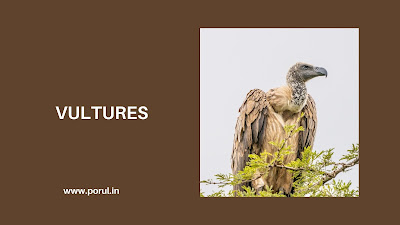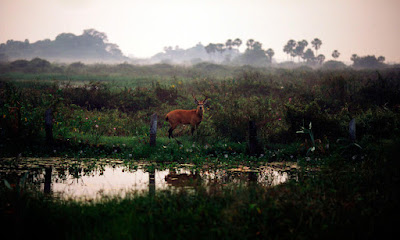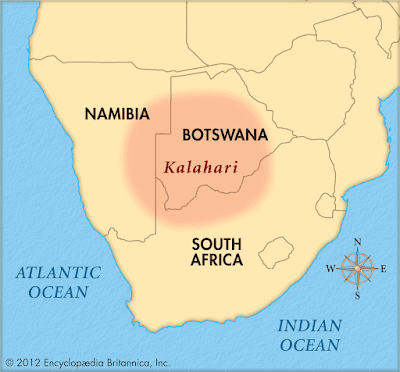Critically Endangered Species of India- The Gliding Frog | UPSC

CRITICALLY ENDANGERED SPECIES (C) REPTILES AND AMPHIBIANS: 4.The Gliding Frog (Rhacophorus pseudomalabaricus) The Gliding Frog The Gliding Frog (Rhacophorus pseudomalabaricus) is endemic to the Western Ghats. This species is confined to the rain forests of the Western Ghats and occurs at elevations of greater than 1000m. This species has been recently described in the year 2000. CONSERVATION STATUS: Critically Endangered. HABITAT: Rainforests above 1000m altitude. DISTRIBUTION: Indira Gandhi National Park and surrounding areas of Anamalai hills, Tamil Nadu. THREATS: Conversion of forested areas for timber and non-timber plantations, and timber extraction activities. ALSO READ: Four-toed River Terrapin









.jpg)





